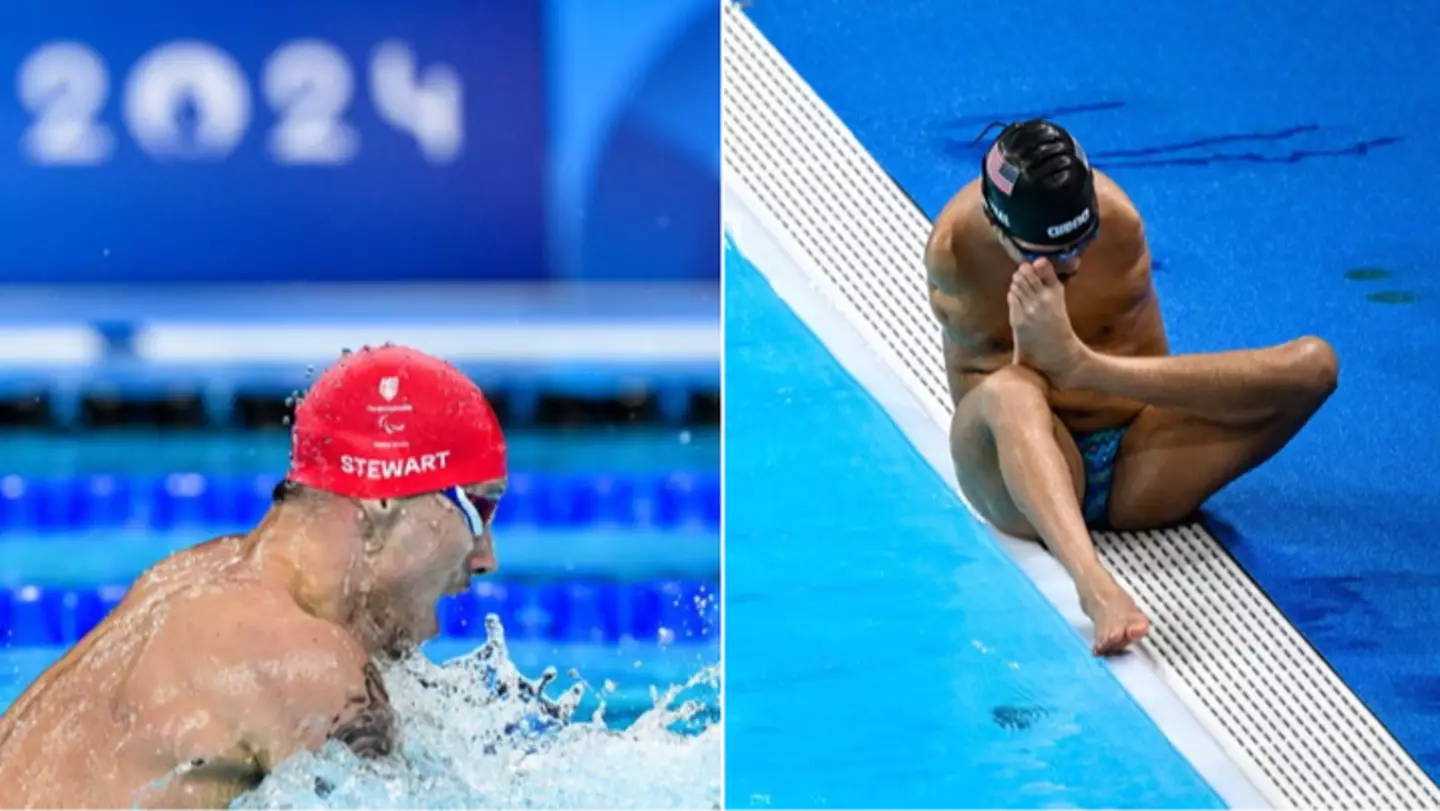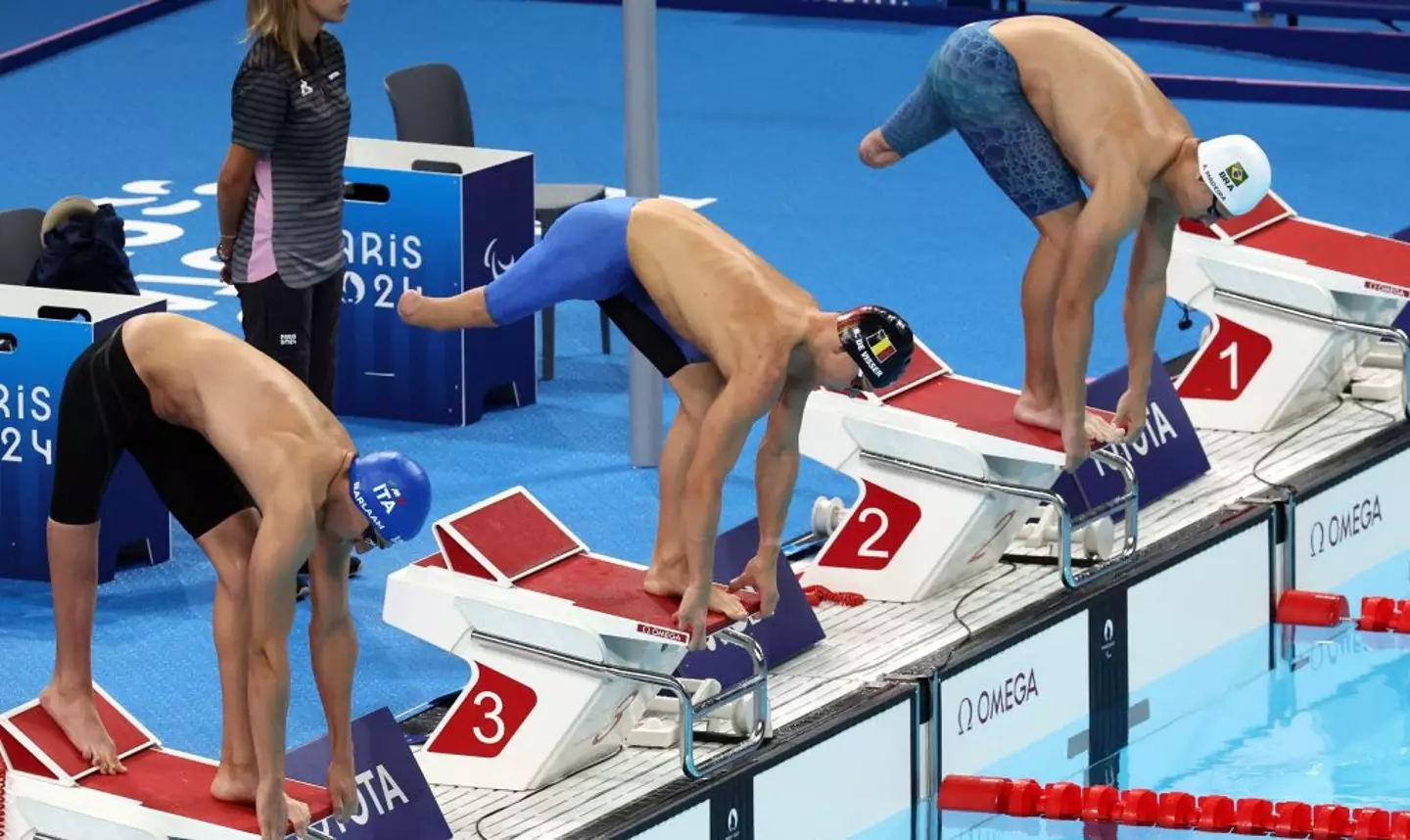
The 2024 Paralympics gets underway on Thursday - and viewers will get used to seeing a number of different categories for each event. But what do they mean?
The Paralympics will take place in Paris and last from August 29 to September 8.
Of the 22 sports that athletes compete in, 20 have an Olympic equivalent, with the other two sports - goalball and boccia - used solely in the Paralympics.
One of the first sports to be competed at this year's Paralympics is para swimming, which gets underway early on Thursday morning.
It uses a system viewers will see quite often throughout the 10 days of the competition - the classification system.
Advert
Many para swimming races are contested under the 'S' classification - which places each athlete into a certain group depending on whether they have a physical, visual and intellectual impairment.
The idea behind the system is to make sure each event is as fair as possible and to limit the differences between each athlete.
Before competing at the Paralympics, each competitor must complete a water assessment, while their functional body structures are assessed using a point system which helps them to be placed into the correct classification.
For the 'S' classification, athletes are placed in a group from 1 to 10 based on their type of physical impairment, which can range from impaired muscle power to a loss of limb or leg-length difference.
Advert

Those with visual impairments are placed in the S11 to S13 category. S11 competitors must wear blackened goggles.
They must use a tapper - assistants positioned outside of the water who tap the athlete when they get close to one end of the pool. This is optional for athletes in the other two visual impairment categories.
Athletes at S11 have a 'very low visual acuity and/or no light perception'. Athletes at S12 have a visual field of 'less than five degrees radius', while S13 have a visual field of 'less than 20 degrees radius'.
Advert
Those with intellectual impairments are placed in the S14 category.
The 'S' category is used for athletes competing in the freestyle, breaststroke and butterfly events. 'SM' - which scales up to 10 - is restricted to the medley events.
Backstroke events, meanwhile, use the prefix 'SB' from codes 1 to 9, and then 11 to 13.
Swimmers who place in a particular classification for the 'S' events may be placed into a different category for the 'SB' disciplines, due to the 'different demands' of each event.
Topics: Paralympics, Swimming